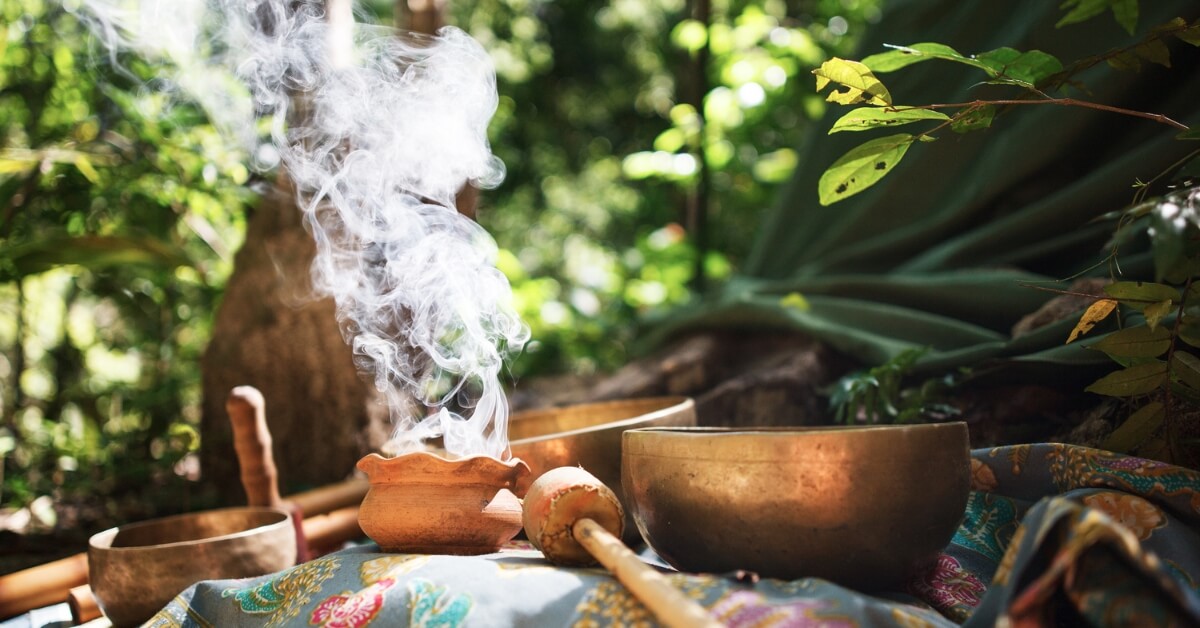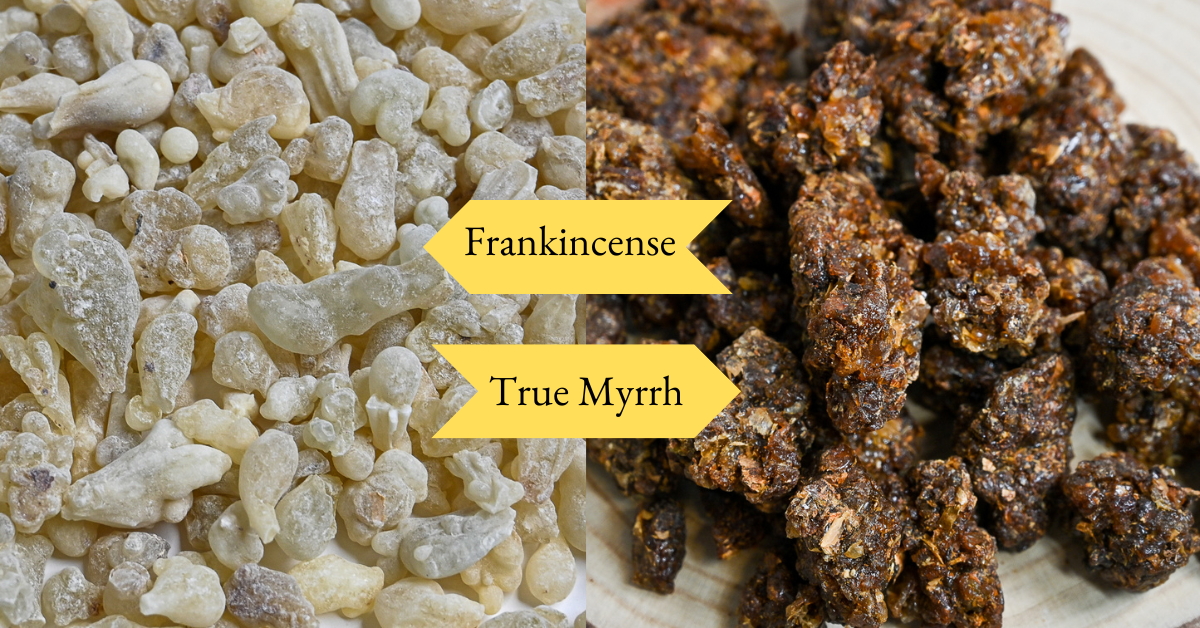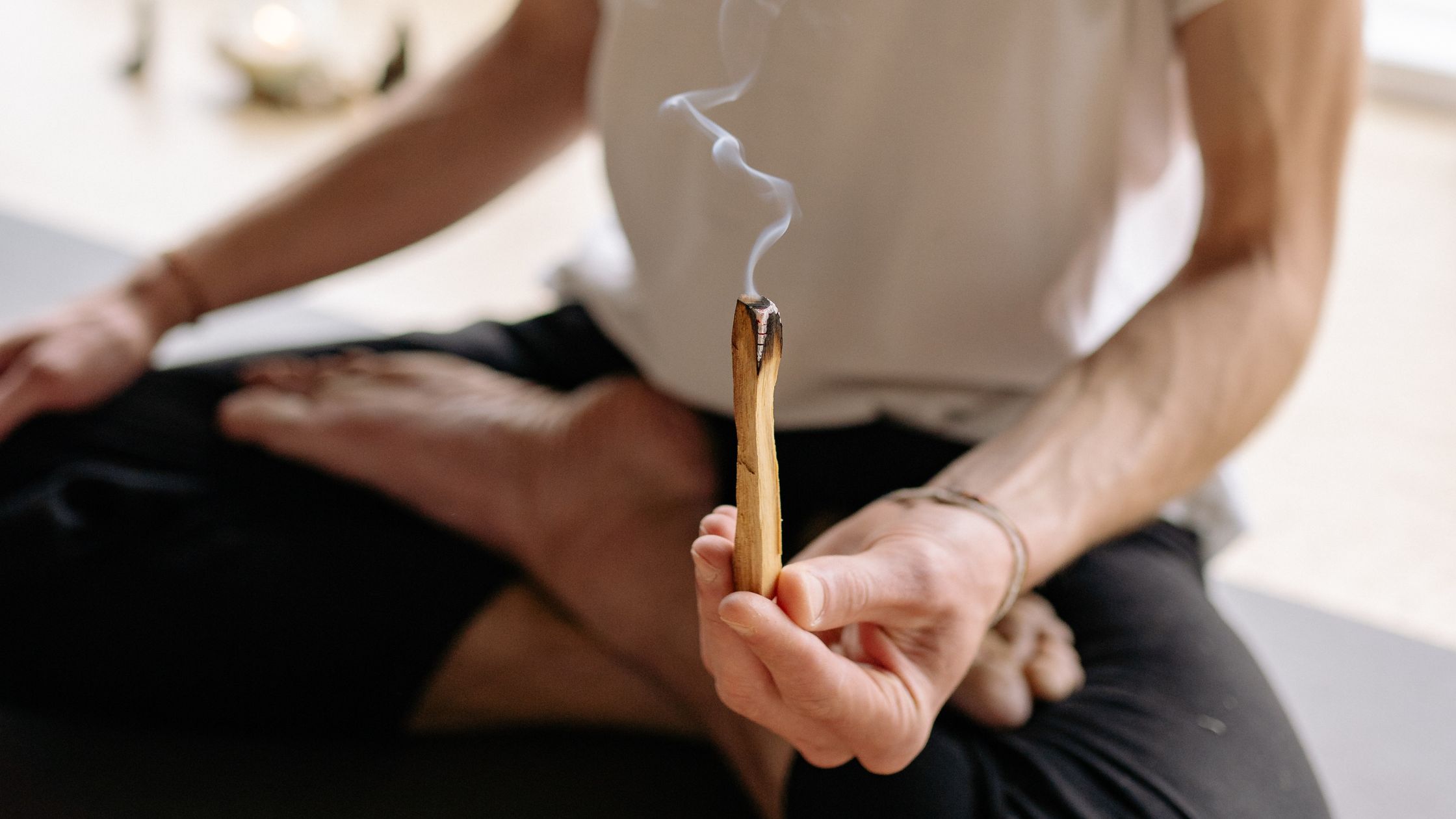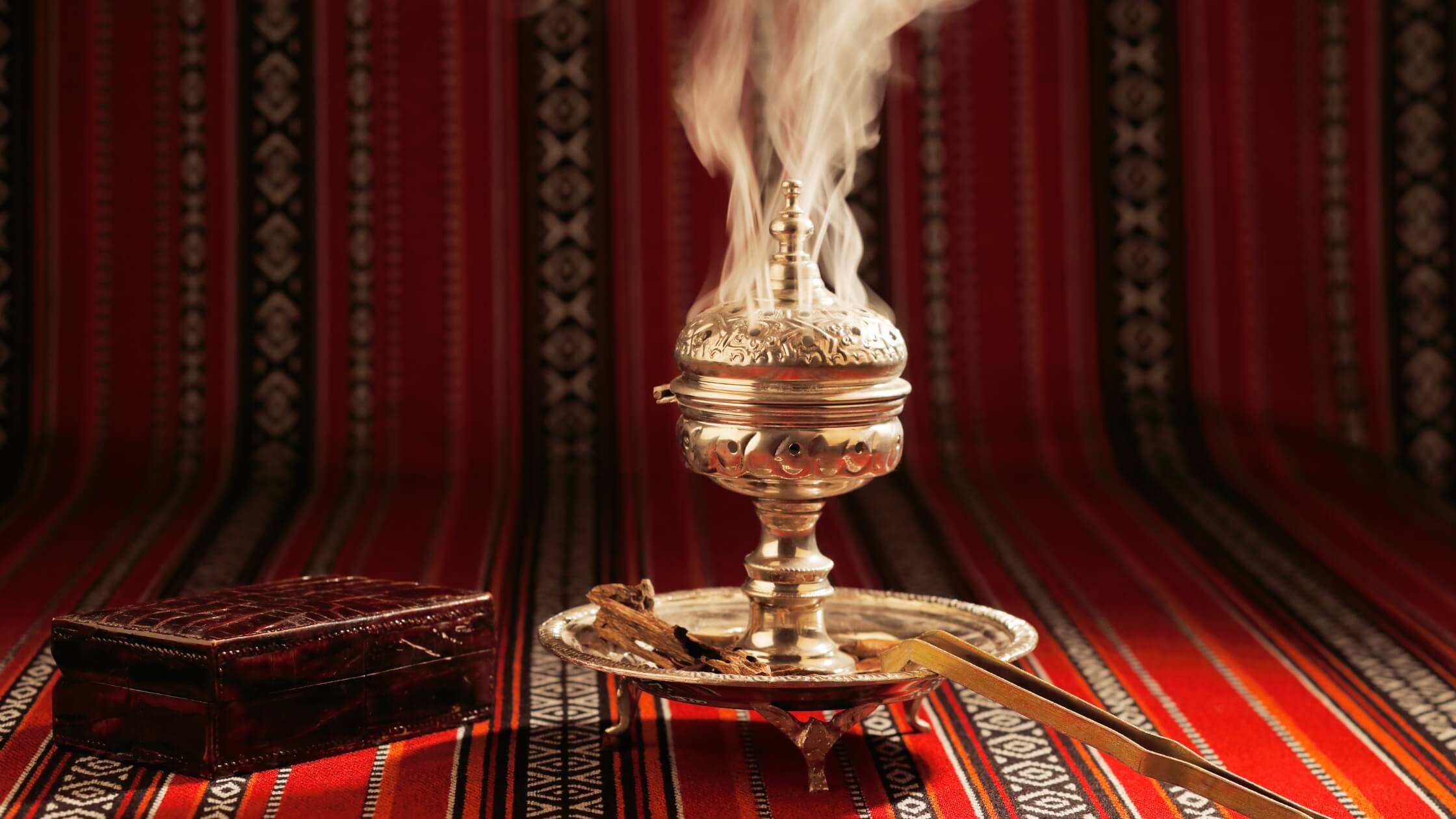Introduction
The very mention of the word “incense” evokes a rich tapestry of history spanning continents and cultures. From the majestic temples of ancient Egypt to the classical amphitheaters of Greece, incense has been an aromatic thread weaving through our collective past. When one dives deep into the incense meaning, it reveals layers of ritualistic, medicinal, and aesthetic importance.
In early civilizations, the incense meaning was predominantly spiritual. The Egyptians, for instance, believed that the smoke from incense carried their prayers to the gods. This belief was so deeply ingrained that pharaohs were often buried with incense to accompany them to the afterlife. Similarly, in ancient Greece, the sweet scent of burning resins was an offering to deities, a way to seek favor or express gratitude.
While the religious and ritualistic significance of incense has remained unshaken, its use has expanded over the centuries. It became an emblem of luxury and opulence, with traders traveling great distances, facing considerable perils to secure these fragrant treasures.
Fast forward to the 21st century, the world is witnessing a resurgence in the popularity of incense. This modern renaissance isn’t just about fragrance. The deeper incense meaning is intertwined with a collective desire to reconnect with the spiritual and natural world, especially in an era increasingly dominated by digital distractions. This longing to touch base with age-old traditions has made incense, once again, an essential element in many households, transcending its role as merely a fragrance and serving as a bridge to our ancient past.
The Deep-seated Roots of Incense Meaning
The swirling tendrils of fragrant smoke that rise from a burning piece of incense carry more than just a pleasant scent. They bear with them millennia of history, spirituality, and cultural significance. To understand the incense meaning deeply, one must trace its origins back to ancient civilizations and explore its multifaceted interpretations across the globe.
Early Civilizations and the Use of Incense in Rituals:
In the dusty realms of antiquity, incense was far more than a mere aromatic delight. For early civilizations, the incense meaning was deeply interwoven with their religious and social fabric. The Sumerians and Babylonians, for instance, incorporated incense into their rituals as offerings to appease their pantheon of gods. Ancient Egyptian society, known for its grandeur and mysticism, elevated the incense meaning to unparalleled heights. They burned incense in burial ceremonies, believing that the aromatic smoke would guide the souls of the departed to the afterlife. Their pharaohs, considered divine incarnates, were often entombed with vast quantities of incense to accompany them in the next world.
Varied Interpretations Across Different Cultures:
As one moves eastward, the incense meaning takes on new dimensions. Ancient China, with its profound spiritual philosophies, embraced incense as an indispensable part of its religious ceremonies. In Taoist and Buddhist rituals, the delicate plumes of smoke from burning incense symbolized the transient nature of life, and also served as a medium to communicate with the divine. Further, in the land of the rising sun, Japan, the art of ‘Kōdō’ or ‘the way of fragrance’ became an integral part of their tea ceremony, highlighting the significance of incense in fostering a meditative atmosphere.
However, the incense meaning wasn’t just confined to spiritual or religious realms. In many cultures, its pleasant aroma was synonymous with hospitality. In parts of Arabia, for instance, guests would be welcomed with the sweet scent of burning Oud, a gesture signifying honor and respect.
Today, while the primary function of incense remains largely aromatic for most users, its deep-rooted history and significance in ancient rituals cannot be forgotten. The incense meaning, rich and diverse, stands as a testament to its enduring appeal across civilizations and ages.
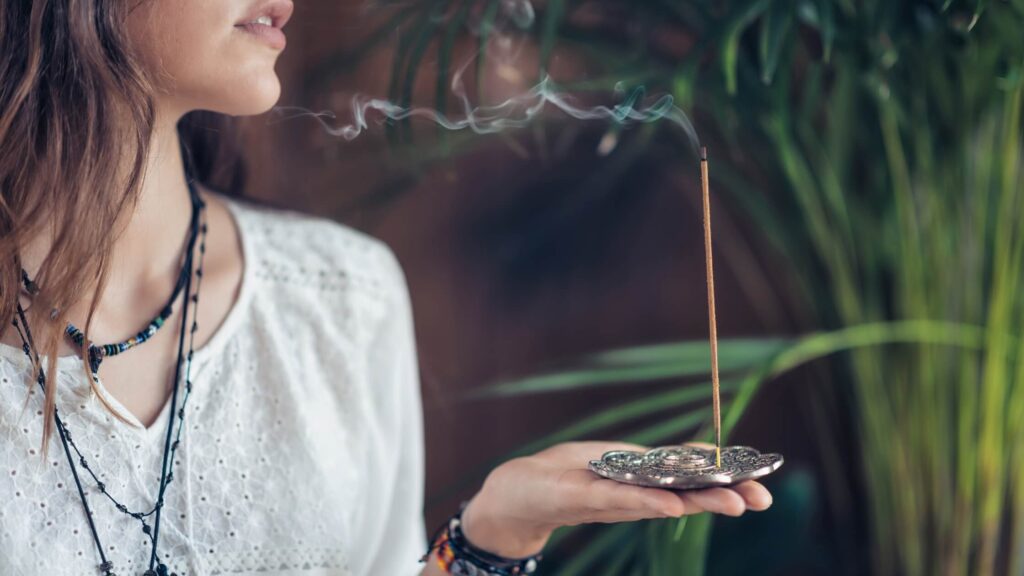

Diving Into The Incense Meaning
The Art of Incense Crafting
The history and art of incense-making is a fascinating one, revealing an age-old practice that transcends borders and civilizations. Understanding the incense meaning requires a deep dive into the crafting methods that have refined this aromatic art over millennia.
Exploring the Techniques and Ingredients:
The “Incense Meaning” goes beyond the spiritual significance; it is deeply rooted in the physical art of its creation. The primary allure lies in the intricate blend of ingredients that make up each stick or resin. This isn’t merely about mixing materials; it’s about uniting elements in a sacred dance that releases their maximum aromatic potential.
Historically, ingredients like herbs, woods, gums, and resins were chosen based on their inherent properties. These ingredients would be carefully dried, ground, and then blended using age-old recipes passed down through generations. Binders, usually natural in origin like gum arabic, were then used to shape the incense into sticks, cones, or other forms.
The incense meaning is also intertwined with the passion and precision of artisans. A single incense stick, seemingly simple in appearance, encapsulates centuries of knowledge about ingredients, ratios, and crafting techniques.
Resin Incense: A Testament to Nature’s Aromatic Potency:
Diving deeper into the world of incense reveals the significance of resin. Resin incense, often derived directly from tree sap, captures the essence of nature in its purest form. These hardened saps or gums, when burned, release a smoke dense with fragrance and potency. Understanding the incense meaning becomes clearer when one experiences the raw and unfiltered aroma of burning resin.
Frankincense, myrrh, and copal are among the most recognized resin incenses. They’ve been used in sacred rituals for thousands of years, from ancient Egyptian ceremonies to Christian rites. Their enduring appeal lies not just in their robust aroma but also in their ability to connect users with ancient traditions and the very pulse of the earth.
Incense Sticks: Crafting and Uses in Modern Practices:
From the raw potency of resins, we transition to the crafted elegance of incense sticks. While these sticks are more refined, their connection to the age-old tradition of incense remains robust. Each incense stick represents a careful blend of natural ingredients, imbued with the intent of its maker.
Modern practices have seen a surge in the use of incense sticks for meditation, yoga, and even simple relaxation at home. The incense meaning in these contexts is about creating an atmosphere, setting an intention, and enhancing focus. The delicate smoke from an incense stick can transform any space into a sanctuary, proving that the ancient art of incense is as relevant today as it was thousands of years ago.
Moreover, the crafting of these sticks has become an art in itself. From selecting the base wood to the careful addition of essential oils and resins, incense stick crafting requires a deep understanding of materials and a keen sense of balance. And as consumers increasingly seek authentic and high-quality incense, the dedication to the craft has never been more critical.
In understanding the incense meaning, one realizes it’s more than just a fragrant smoke; it’s a bridge to the past, an artform, and a path to inner tranquility. Whether in the form of raw resin or a delicately crafted stick, incense continues to play a vital role in our spiritual and daily lives.
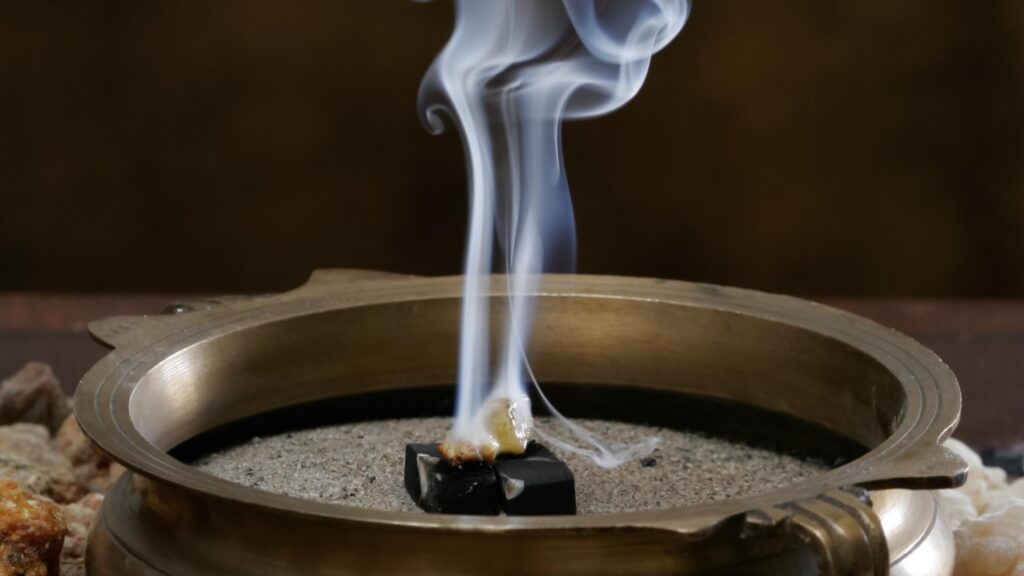

Resin Incense Burning
Therapeutic Aromas: The Healing Power of Incense
In the vast universe of aromatics, there lies an intimate connection between the olfactory senses and the psyche. Incense, in its various forms, has long been revered for its therapeutic qualities. Digging deeper into the incense meaning, we uncover layers of emotional, psychological, and physical well-being aspects that have shaped its rich history and contemporary relevance.
Emotional and Psychological Benefits:
When we talk about the emotional and psychological influence of incense, the immediate “incense meaning” that comes to mind is its unparalleled ability to transform mood and atmosphere. A simple act of lighting an incense stick can shift the ambiance of a room from stressful to serene. Specific fragrances evoke memories, while others stimulate creativity or enhance concentration. The incense meaning is not just tied to its fragrance but to the profound ways it influences our emotional state. Ancient civilizations believed in the power of certain aromas to ward off evil spirits, ensuring peace and positive energy. In contemporary practices, this translates to alleviating anxiety, reducing stress, and even combatting depressive episodes.
Physical Well-being:
While the incense meaning in emotional spheres is widely recognized, its benefits in the domain of physical health are equally noteworthy. For instance, certain aromas have properties that can improve respiratory health by clearing congested airways. The soothing essence of some incenses has also been associated with better sleep quality, reduced headaches, and more. Researchers have linked specific incense ingredients, such as sandalwood or frankincense, to lowered heart rate and blood pressure, offering an experience that extends beyond mere aroma.
Correlation of Scents to Healing Properties:
Delving deeper into the therapeutic incense meaning reveals a fascinating link between individual scents and their associated healing attributes. Lavender incense, renowned for its relaxing properties, aids in sleep and anxiety relief. On the other hand, eucalyptus incense can act as a balm for respiratory issues, clearing blocked passages. Another treasure in this repertoire is the frankincense incense, touted for its ability to enhance meditation and deepen spiritual connections.
It’s intriguing how one item can have multiple layers to its “incense meaning.” Whether used for spiritual practices or simply to elevate mood in one’s living space, the healing power of incense remains undeniable. Through its vast range, from resin incense to the ever-popular incense sticks, the essence of incense offers therapeutic qualities that are both timeless and universal.
Spiritual Elevation through Incense
Throughout time, the profound incense meaning has woven its essence into our spiritual pursuits, guiding souls towards enlightenment. Many have harnessed its transformative powers, seeking union with the divine.
The Meditative Role of Incense in Spiritual Practices:
The act of lighting incense is a ceremony, a bridge between our world and the ethereal. By understanding the deeper incense meaning, one can tap into the age-old rituals that have long been associated with meditation. As the wisps of smoke rise, they clear mental clutter, aiding the practitioner in achieving a heightened state of awareness. Ancient scriptures often allude to the burning of incense as a way to appease deities, with the belief that the aromatic smoke carries prayers and intentions to the heavens.
Different traditions use specific scents to facilitate varied meditative practices. For instance, lavender can induce calmness and relaxation, making it an excellent choice for stress-relieving meditations. In contrast, frankincense, with its deep incense meaning rooted in religious ceremonies, aids in deeper, more focused meditative sessions.
Elevating Prayers, Intentions, and Energy through Sacred Scents:
When one unravels the rich tapestry of incense meaning, it becomes clear that its role transcends mere aroma. Incense acts as a spiritual amplifier. When used with intent, it has the power to magnify prayers and desires, sending them spiraling into the universe with renewed vigor.
For those walking the spiritual path, recognizing the profound incense meaning can be a transformative experience. For example, during energy work or healing sessions, incense can help elevate the space’s vibrations, ensuring that only the highest frequencies prevail. This is particularly true for smudging practices, where the sacred scents of sage or smudge sticks purify and sanctify spaces, warding off negative energies.
By aligning with the true essence of incense, one can forge a stronger connection with the higher self and the divine. It becomes not just an aromatic experience but a soulful journey, guided by the very spirits that have danced with its smoke since time immemorial.
The Resonance of Sacred Scents in Today’s World:
How Modern Homes and Spaces Use Incense:
In a world where modernity often equates to technology and rapid pace, there’s a burgeoning desire to find grounding, to reconnect with the ancient and the spiritual. This quest for spiritual grounding and mindfulness is where the “incense meaning” finds renewed relevance. Incense, an aromatic blend of resins and botanicals, has been weaved into the cultural fabric of many societies, transcending beyond the archaic to become an integral part of modern homes and spaces.
Incorporating incense into daily routines is more than just an aesthetic choice; it’s an act of mindfulness. As the smoke rises, it carries with it intentions, prayers, and an omnipresent reminder to be present. In homes, the fragrance of incense often sets the tone for reflection, meditation, or even just a quiet reading session. The profound incense meaning isn’t just relegated to its aroma; it also plays a pivotal role in ambiance enhancement. The gentle waft of sandalwood or lavender not only elevates the sensory experience but also infuses homes with a tranquil vibe.
Additionally, cultural events, festivals, ceremonies, and gatherings have seen the resurgence of incense. Birthdays, weddings, or even simple get-togethers are accentuated with the smoke of incense sticks, further amplifying the incense meaning in modern contexts.


Smudging Incense For Cleansing
The Burgeoning Trend of Smudge Sticks in Contemporary Practices:
Smudging, an ancient practice of burning sacred herbs to purify and bless spaces, has seen an impressive renaissance in recent years. When one ponders on the profound “incense meaning,” it’s impossible to overlook the significance of smudge sticks. These bundles, often made of sage, cedar, or sweetgrass, are becoming an essential tool in holistic and wellness spaces. But why?
Understanding the modern attraction towards smudging requires a deeper dive into its core benefits. At the forefront is energy cleansing. As the smudge stick is ignited and its smoke envelops a space, it is believed to dispel negative energies, bringing forth clarity and peace. This ancient method now finds resonance in modern homes, being used not only for spiritual purification but also to mark new beginnings—be it moving into a new home or starting a new venture.
Moreover, smudge sticks, especially those from reputable sources like Maison Éthérique’s smudge sticks collection, ensure authenticity and potency. As the trend grows, the emphasis on sustainability and authenticity becomes paramount, which adds another layer to the ever-evolving “incense meaning” in contemporary practices.
The integration of incense and smudge sticks in modern life is more than just a trend; it’s a testament to humanity’s inherent desire to connect with the divine, the ancient, and the natural. The meaning of incense isn’t merely confined to its scent but extends to its ability to bridge the gap between the past and the present, the spiritual and the mundane.
Conclusion:
From the ancient Egyptian pyramids to modern meditation rooms, incense has remained a constant source of solace and spiritual elevation. The incense meaning has been interwoven into the tapestry of our history, traditions, and beliefs, always present, always offering its aromatic allure to those seeking tranquility, insight, or a simple moment of pause.
It’s essential, especially in today’s bustling world, to acknowledge and appreciate the depth of incense meaning beyond its aromatic charm. The intricate dance of burning incense is more than just releasing fragrance; it is the dispersal of an age-old tradition, a touch of spirituality, a beacon of memories, and a testament to nature’s generosity.
The quest for genuine, pure, and sustainably sourced incense is not just about quality but also about respecting this tradition’s very soul. When we light an incense stick or burn resin, we’re not just releasing a scent but participating in an age-old ritual. Every waft of smoke carries stories from distant lands, ancient temples, and fervent prayers. To comprehend the incense meaning is to understand the whispers of these tales, the echo of countless prayers, and the spirit of holistic well-being.
In the modern age, where synthetic fragrances often overshadow the real, the raw, and the authentic, it becomes imperative to seek out genuine sources. Incense is not just about scent; it’s about the experience, the history, the spirituality, and the cultural resonance. Let us, as custodians of this tradition, approach it with the reverence it demands and deserves.
Remember, as you light that stick or burn that resin, you’re not just engaging in a sensory experience. You’re rekindling history, elevating your spirit, and, most importantly, unlocking the profound incense meaning that has captivated and soothed souls for millennia.
